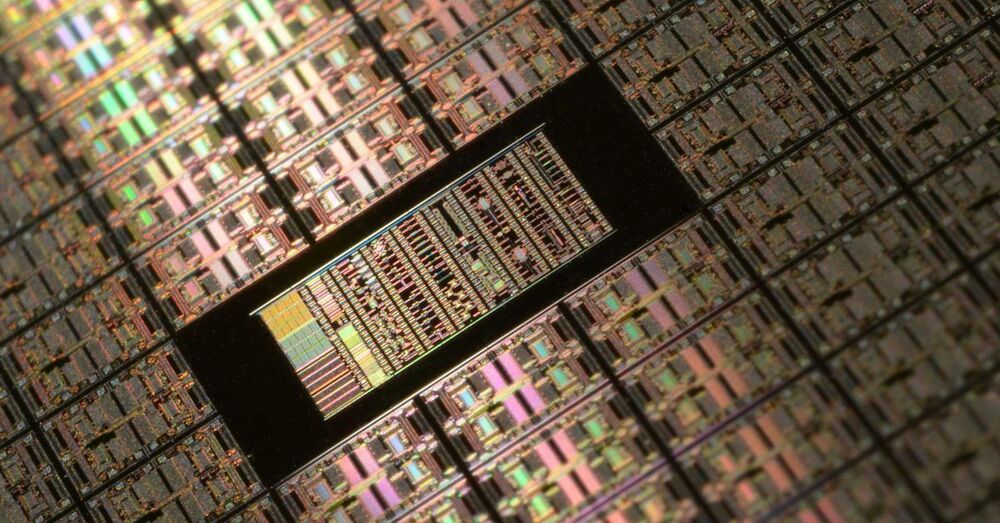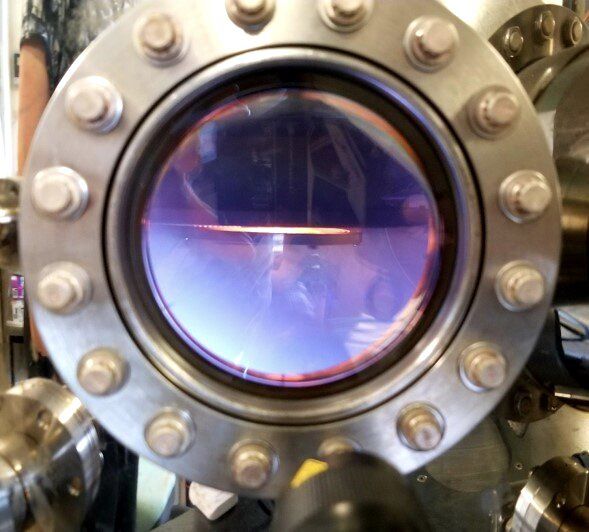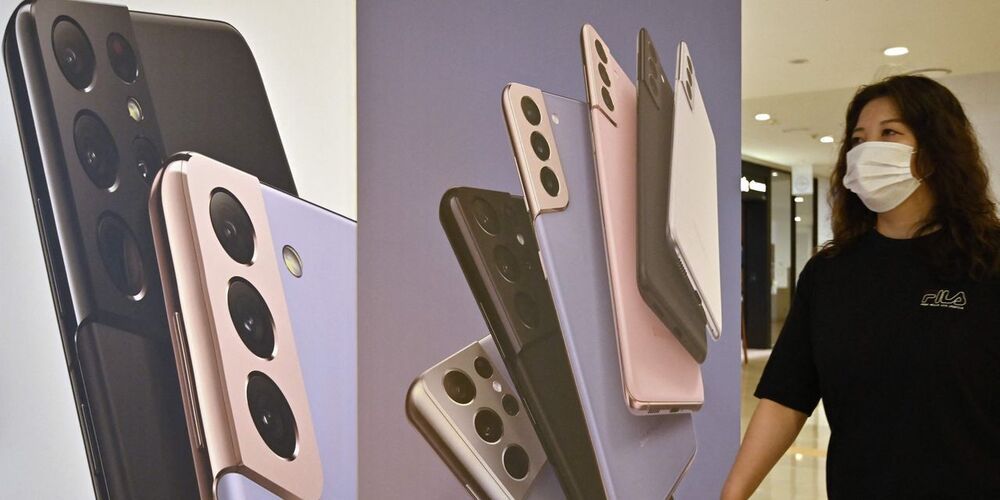Jul 30, 2021
A Institute of Neurological Recovery
Posted by Paul Battista in categories: biotech/medical, mobile phones
Institute of Neurological Recovery 1877 S. Federal Hwy. Suite 110 Boca Raton, FL 33432 Phone: +1 (561) 353‑9707.
The Institute of Neurological Recovery® (INR®). A decade of pioneering discoveries in medicine. The INR utilizes the pioneering, patented perispinal etanercept (PSE) off-label treatment methods invented by its founder and Medical Director, Edward Tobinick, M.D. The contents of this website, including text, images, and videos are ©2021 INR PLLC, all rights reserved.
















